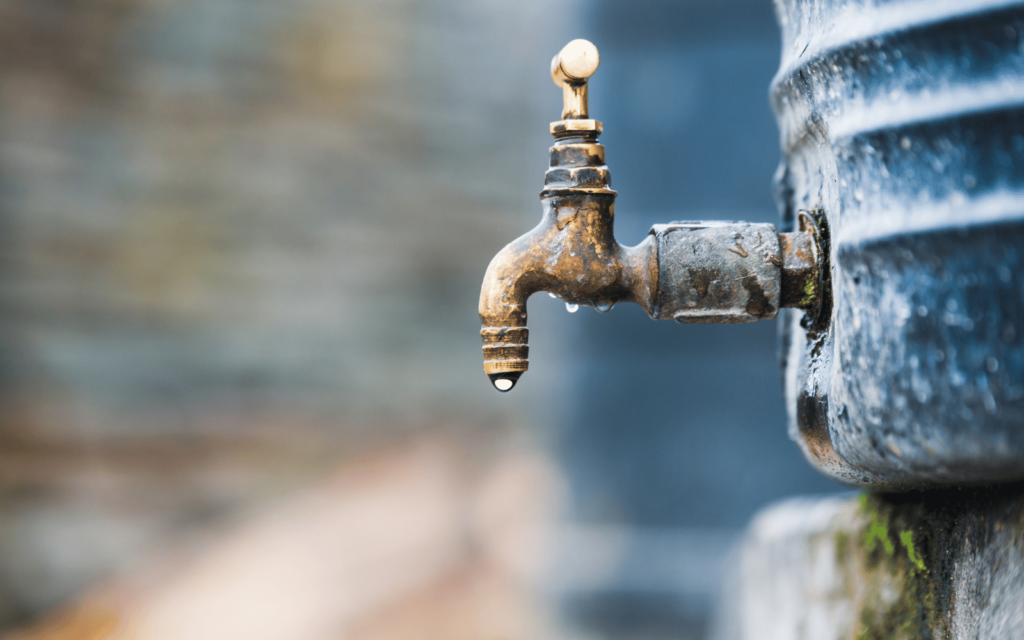South Africans have a contentious relationship with water. The Western Cape recently endured a very tight time when rainfall didn’t play along, leading to extensive water restrictions in the province. A similar situation is now occurring in the Eastern Cape. But there are more hazards ahead for the country as a whole, fuelled and accelerated by the ongoing bouts of load shedding in South Africa.
More and more South Africans, generally those able to afford to go off the grid, are also availing themselves of privately owned boreholes on their properties. The reasons for this are that the country’s water supply infrastructure is experiencing increasing outages. The cause? A lack of electricity to pumping stations. In other words, it’s not just that water is scarce. It’s that it can’t get to where it’s supposed to be.
Water under the bridge?
Rand Water CEO Sipho Mosai, speaking to the BBC, explained how the country’s power issues affect water supply. “All of our stations, they need electricity, they need power. You have to pump water everywhere where it is needed,” he said. “Electricity is really at the heartbeat of what we do and if we don’t have it externally, at least for now, it becomes a problem.”
It doesn’t help that the country’s delivery infrastructure is also failing. One factor of this is technological — pumps that should remain powered on are shut down and started up, leading to mechanical failures that require human intervention. This contributes to another sort of failure — the breakdown of water safety and the potential for harmful bacteria and other pathogens in the water supply. Unfortunately, this isn’t just speculation.
The SA government’s most recent report on the state of water in the country identified 3% of the country’s infrastructure as being in critical condition. 12% is considered to be in poor condition. Only 5% is considered to be in excellent condition. Water quality fares little better. 41% of the areas tested as having bad microbiological water quality compliance (< 95% of water quality tests meet SANS 241 standards) and 55% tested as having bad chemical water quality compliance. The full report is available here.
